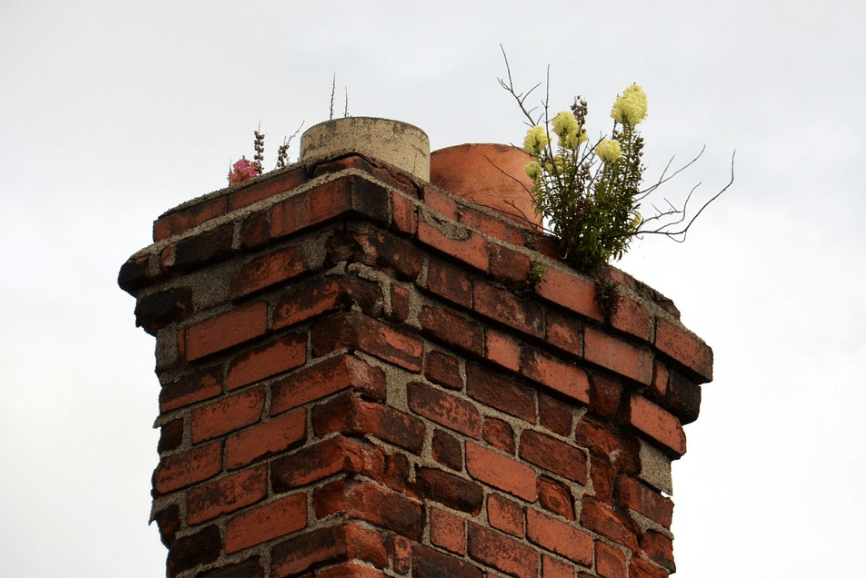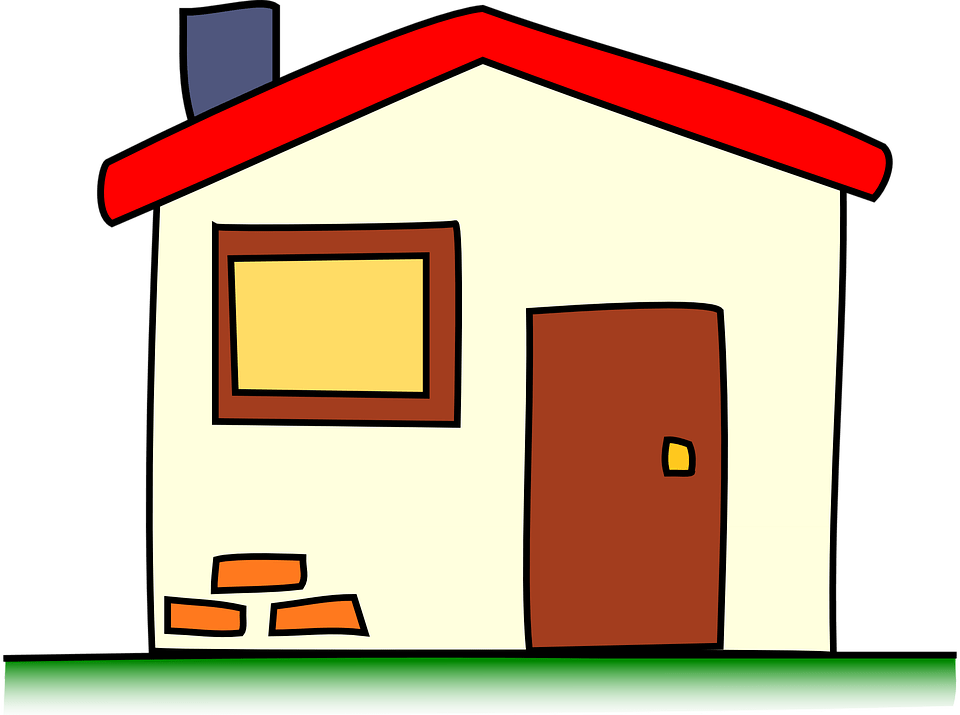When thinking of roof maintenance, it’s most likely for the chimney not to be a priority. If you regularly use your fireplace or just during the winter season, a clean hearth is crucial in keeping you and your family safe; a neglected hearth could adversely affect your family’s safety, as it can cause house fires. So, we’ve made a list of some basic chimney facts homeowners should catch up with. Read full article to know more about chimney cleaning service.
1. Chimney Type
Not all chimneys are the same, and knowing which type your house has is essential in administering proper home maintenance. The three main chimney types are:
Single-Walled Metal: Commonly found in older houses, these chimneys are usually seen as thin metal pipes with a circular top sticking up from the roof.
Masonry: This type is your standard brick chimney and is currently deemed the safest. Also, they often come with a liner pre-installed to guarantee proper venting.
Pre-Fabricated Metal: This type is usually used for commercial structures and is generally referred to as “factory-built.”
2. Flue Check
The flue is a pipe located on your chimney’s interior. It’s a venting system that enables smoke and the other gasses built up during the fire to exit your house carefully.
A flue that’s not properly working exhibits warning signs. So, if you feel like your living room seems strangely smoky during a fire, or if you find water droplets in your fireplace, you might want to clean your flue.
Also, always be sure to open your flue before you light a fire to make sure that the smoke from the flames can properly exit your home, leaving your family safe to enjoy the warmth.
3. Chimney Liner
Chimney liners shield your home from flammable materials and heat generated by a fire. In addition, liners can provide your house with an extra barrier. There are three types of liners— metal liners, cast-in-place liners, and clay tile liners.
4. Chimney Cap
Essentially, a chimney cap is a vented, metal item that sits in the top of the chimney, preventing unwanted materials from going inside the fireplace while still allowing the smoke to escape. It also keeps the heavy rain from flowing inside your chimney and possibly causing leaks, along with keeping animals from dwelling in your fireplace.
5. Have an Annual Chimney Inspection
Checking your chimney every year can help you deal with the issues sooner, before it becomes too big and cost you more to repair. Most chimney concerns start small such as a small tear in its liner that allows a small amount of harmful gasses inside your living space or a hairline fracture in the stack growing at a tiny rate. So, it’s essential to schedule an annual inspection to catch the problems early.
6. Annual Chimney Sweep
Along with being inspected, you also need to clean your chimney around once per year. Since it may be a difficult task for a non-professional, it’s better to hire an expert to do the cleaning instead.
7. Always Clear the Hearth
For many homeowners, the focal point of their living space is the fireplace. As such, the hearth and mantle are obvious options in placing decor items. But, while family photos and Christmas stockings may seem nice, they become a hazard once a fire starts in the gate.
Fires can reach relatively high temperatures. The average household fire falls in around 1,100 degrees Fahrenheit. So, even with the help of a fireplace shield, you’ll have no way of guaranteeing that one of those random sparks won’t get away from the rest. If ever that happens, you wouldn’t want your decor to catch on fire.
The best thing you could do is to move them. Before you light a fire in your hearth, take every one of your knick-knacks away, moving them out of harm’s reach.
8. Buy Proper Detectors
By now, every homeowner should own at least one smoke detector in their house. So, if a fire occurs, a working smoke detector will detect the smoke in the air and sound the alarm to warn the house’s residents. If you’re looking for a new one, search for a variant that can automatically call the local fire department. In addition, if you’re living in an apartment complex, examine if the detector is programmed to activate the building’s sprinkler system.
Carbon monoxide detectors may also be even more crucial to your safety. Unlike smoke you can smell and see in the air, carbon monoxide doesn’t have an odor. It can get deadly if permitted to build in your place over time.
Of course, once you already have the proper smoke detectors, it’s essential to do a routine check to make sure they’re functioning correctly. Try testing and replacing the detectors’ batteries at least once every six months. Additionally, if your location follows daylight savings time, change the clocks to serve as a reminder.


